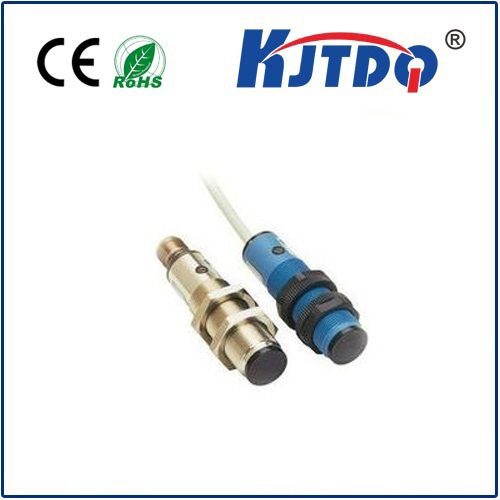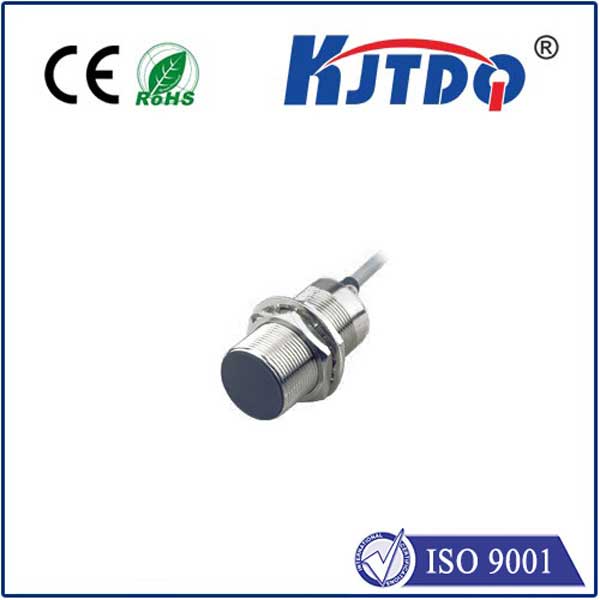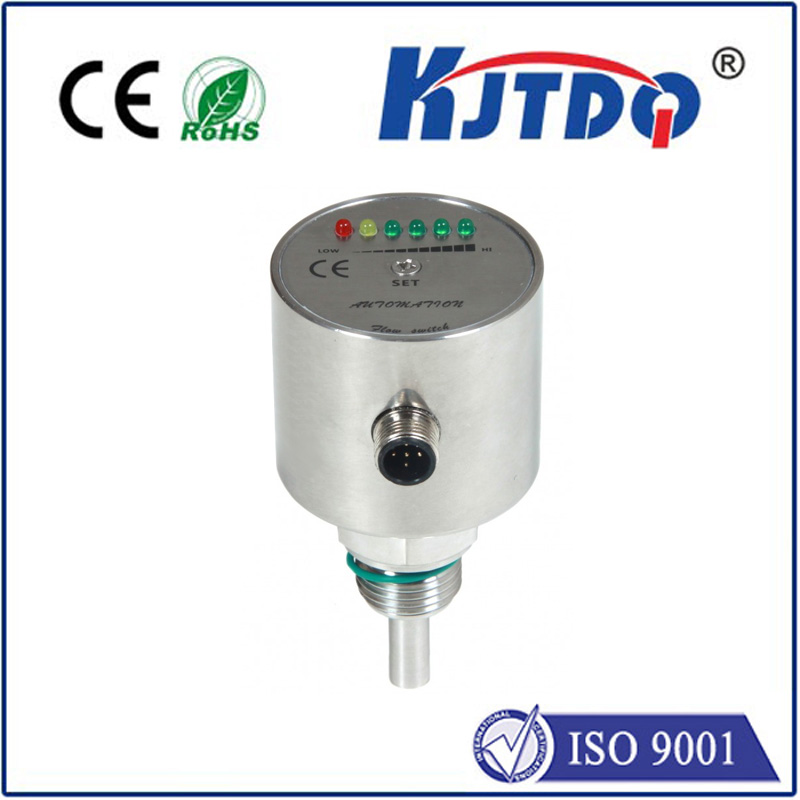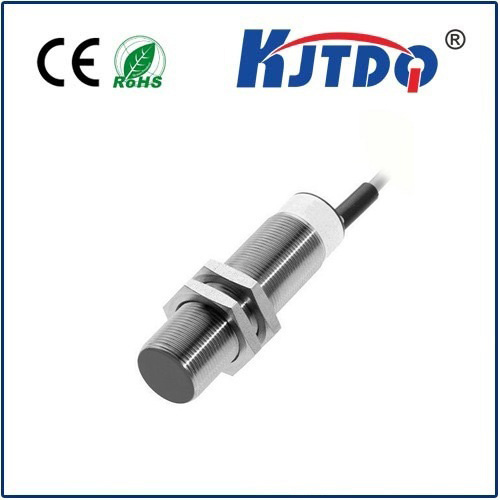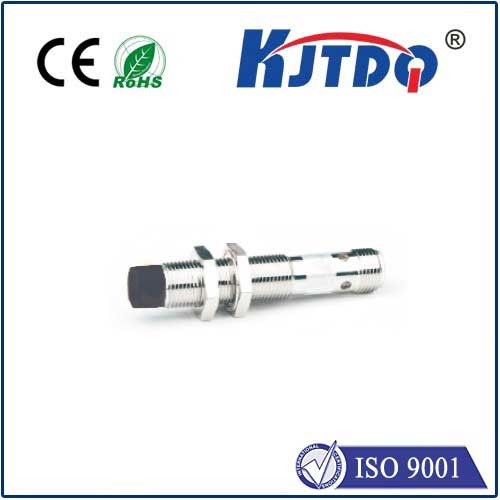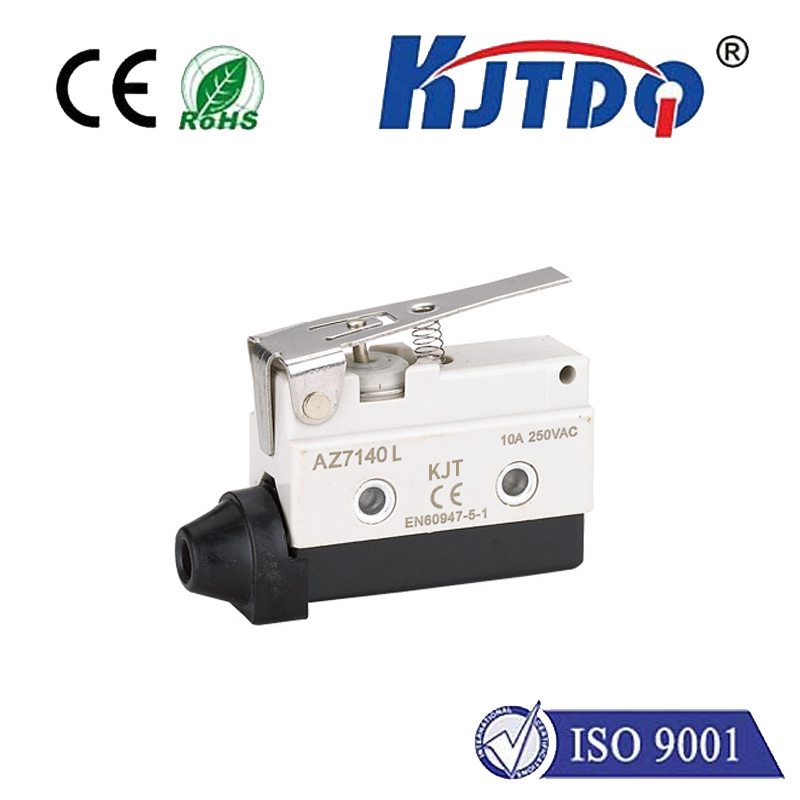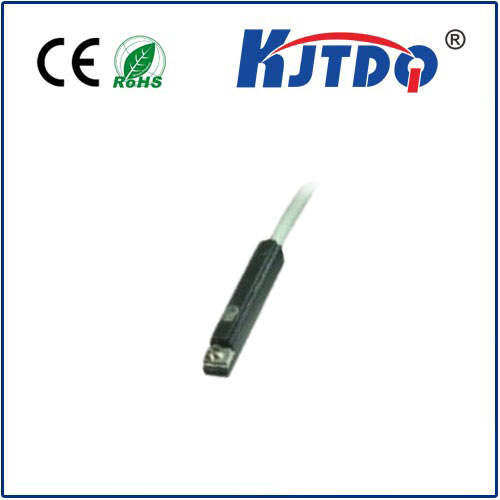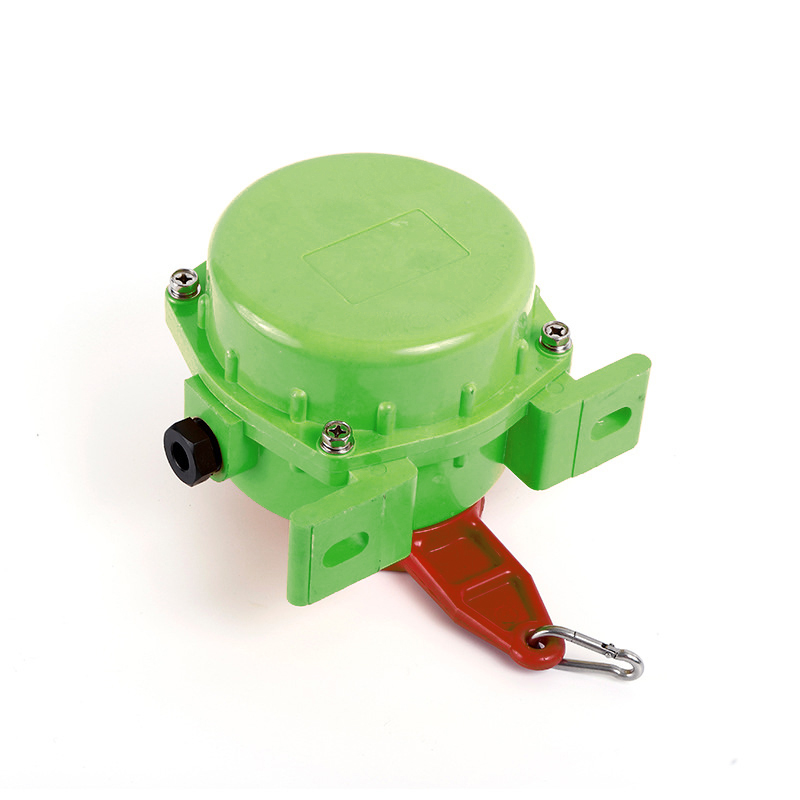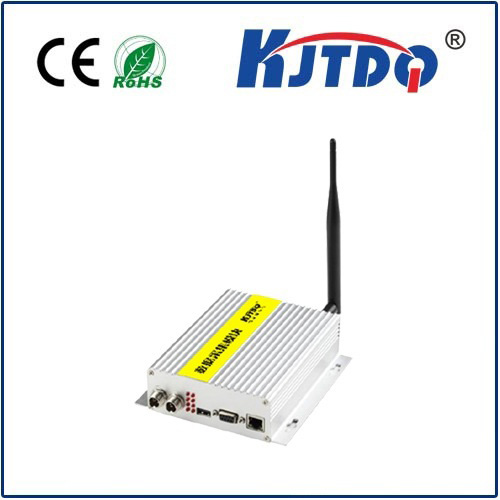Два типа датчиков приближения
- time:2025-07-19 08:58:42
- Нажмите:0
Two Types of Proximity Sensors: Mastering Inductive and Capacitive Sensing for Your Application
Ever wondered how machines “sense” nearby objects without touching them? That invisible magic is often the work of proximity sensors, indispensable components in modern automation, manufacturing, and countless smart devices. While there are several sensing principles, two fundamental types dominate industrial and electronic applications: Inductive Proximity Sensors and Capacitive Proximity Sensors. Choosing the right one isn’t just a technical detail – it’s critical for achieving reliable, efficient, and cost-effective operation. Understanding the distinct operating principles, strengths, and limitations of these core proximity sensor types empowers engineers, designers, and maintenance professionals to make informed decisions.
Unraveling the Core: How They Work
Both sensor types detect the presence or absence of an object within a specified range without physical contact. However, the physics underpinning their detection is fundamentally different:
- Inductive Proximity Sensors: Masters of Metal Detection
- Core Principle: These sensors generate a high-frequency electromagnetic field using a coil wound around a ferrite core. When a conductive (typically metallic) target enters this oscillating field, eddy currents are induced on the target’s surface.
- The Detection Trigger: The generation of these eddy currents absorbs energy from the sensor’s oscillating circuit. This energy loss causes a measurable change in the circuit’s characteristics – often the amplitude of oscillation decreases. The sensor’s internal electronics monitor this change and trigger an output signal (switching it ON or OFF) when the energy loss exceeds a predetermined threshold, indicating the target is within the effective sensing range.
- Key Takeaway: Inductive sensors primarily detect ferrous metals (like iron, steel) and non-ferrous metals (like aluminum, copper, brass). Their effectiveness is strongest with ferrous metals and can vary with different non-ferrous types and target size. Materials like plastic, wood, glass, or liquids generally remain invisible to them.
- Capacitive Proximity Sensors: Detecting Nearly Anything
- Core Principle: These sensors function like an open capacitor. The active sensing face (one plate) and an internal or external reference (often the grounded sensor housing acting as the second plate) form the capacitor. The sensor generates an electrostatic field between these plates.
- The Detection Trigger: When any object (conductive or non-conductive) enters this electrostatic field, it alters the capacitance between the two plates. Non-conductive materials (like plastics, wood, grains, oils, glass) affect the field by changing the dielectric constant in the sensing zone. Conductive materials affect it even more significantly, essentially acting like an additional plate moving closer. The sensor’s circuitry detects this capacitance change and switches its output state when the change surpasses its sensitivity setting.
- Key Takeaway: Capacitive sensors detect a vastly wider range of materials – metals, plastics, wood, liquids, powders, and even detect levels of granular substances or liquids through thin non-metallic container walls. Their versatility comes with its own set of configuration considerations.
Head-to-Head: Choosing Your Champion
The choice between inductive and capacitive hinges on your specific application requirements. Here’s a focused comparison of these crucial proximity sensor types:
| Особенности |
Inductive Proximity Sensors |
Capacitive Proximity Sensors |
| Primary Target |
Metallic Objects (Ferrous & Non-Ferrous) |
Almost Any Material (Metal, Plastic, Wood, Liquid, Powder) |
| Detection Basis |
Eddy currents induced in conductive target |
Change in capacitance caused by target |
| Ideal For |
Metal part counting, position verification, end-of-travel detection in machinery |
Level detection (liquids, powders), presence through containers, non-metallic object detection |
| Key Advantage |
Exceptionally reliable with metals; Unaffected by dust, dirt, moisture; Higher switching frequencies possible |
Detects non-conductive materials; Can sense targets through thin non-metallic barriers |
| Main Limitation |
Cannot detect non-metallic materials |
Susceptible to environmental factors (moisture, humidity, dust affecting calibration); Can sense unintended objects if not tuned properly |
| Sensing Range |
Typically shorter for a given sensor size |
Potentially longer for non-metallic targets |
| Environmental Robustness |
Generally higher (immune to non-metallic contaminants) |
Requires careful tuning to avoid false triggers from environmental changes |
| Configuration |
Usually fixed range; simple setup |
Often feature adjustable sensitivity to fine-tune detection threshold for material & environment |
Inductive Strengths & Typical Uses:
- Robustness in Harsh Environments: Often encapsulated in rugged metal or polymer housings, they are highly resistant to dirt, dust, water splashes, oil, and vibration – ideal for demanding factory floors.
- High Speed & Reliability: Capable of very fast switching frequencies (kHz range), perfect for high-speed counting or detecting rapidly moving metal parts (e.g., gear teeth).
- Precision Positioning: Offer repeatable and precise detection of metal objects.
- Common Applications: Metal detection on conveyor lines, robotic arm end position sensing, monitoring cylinder piston position, gear tooth counting, CNC machine tool positioning, detecting metal parts in assembly.
Capacitive Strengths & Typical Uses:
- Material Agnosticism: The star feature – detect almost anything, indispensable where non-metallic targets are involved.
- Level Sensing: Widely used for detecting fill levels of liquids (water, oil, chemicals), granular materials (plastic pellets, grains, powders), or bulk solids in tanks, hoppers, or silos.
- Non-Metallic Object Detection: Verifying presence of plastic bottles, glass containers, wood blocks, paper stacks, etc.
- Through-Wall Detection: Can often sense materials (especially conductive liquids) through thin walls of non-metallic containers (plastic, glass).
- Common Applications: Liquid level control, powder fill-level monitoring, detecting filled/empty containers (plastic/glass), presence detection of non-metallic parts, touch interfaces (though different tech).
Making the Strategic Choice: Application is King
Selecting the optimal sensor isn’t about declaring one proximity sensor type universally superior. It’s a meticulous matching game:
- Identify the Target: Is it metal? Inductive is the instant frontrunner for reliability and robustness. Is it non-metallic or a liquid/granular substance? Capacitive becomes essential.
- Consider the Environment: Are there significant dust, moisture, temperature fluctuations, or vibrations? Inductive sensors generally handle harsh industrial settings with less fuss. Capacitive sensors need careful sensitivity tuning in such environments.
- Assess Range & Mounting: Determine the required sensing distance. Can the sensor be mounted directly opposite the target, or is detection through a barrier necessary?
- Evaluate Speed Requirements: For very high-speed metal detection, inductive sensors are typically faster.
Inductive sensors offer rock-solid, high-speed detection for metallic targets in challenging conditions. Capacitive sensors provide unparalleled versatility for detecting nearly any material, including levels through non-metallic barriers. Understanding their distinct physics and carefully evaluating your application’s specific demands – the target material, operating environment, required range, and speed – is the key to deploying proximity sensing technology effectively and unlocking seamless, reliable automation. Whether counting metal widgets on a high-speed
